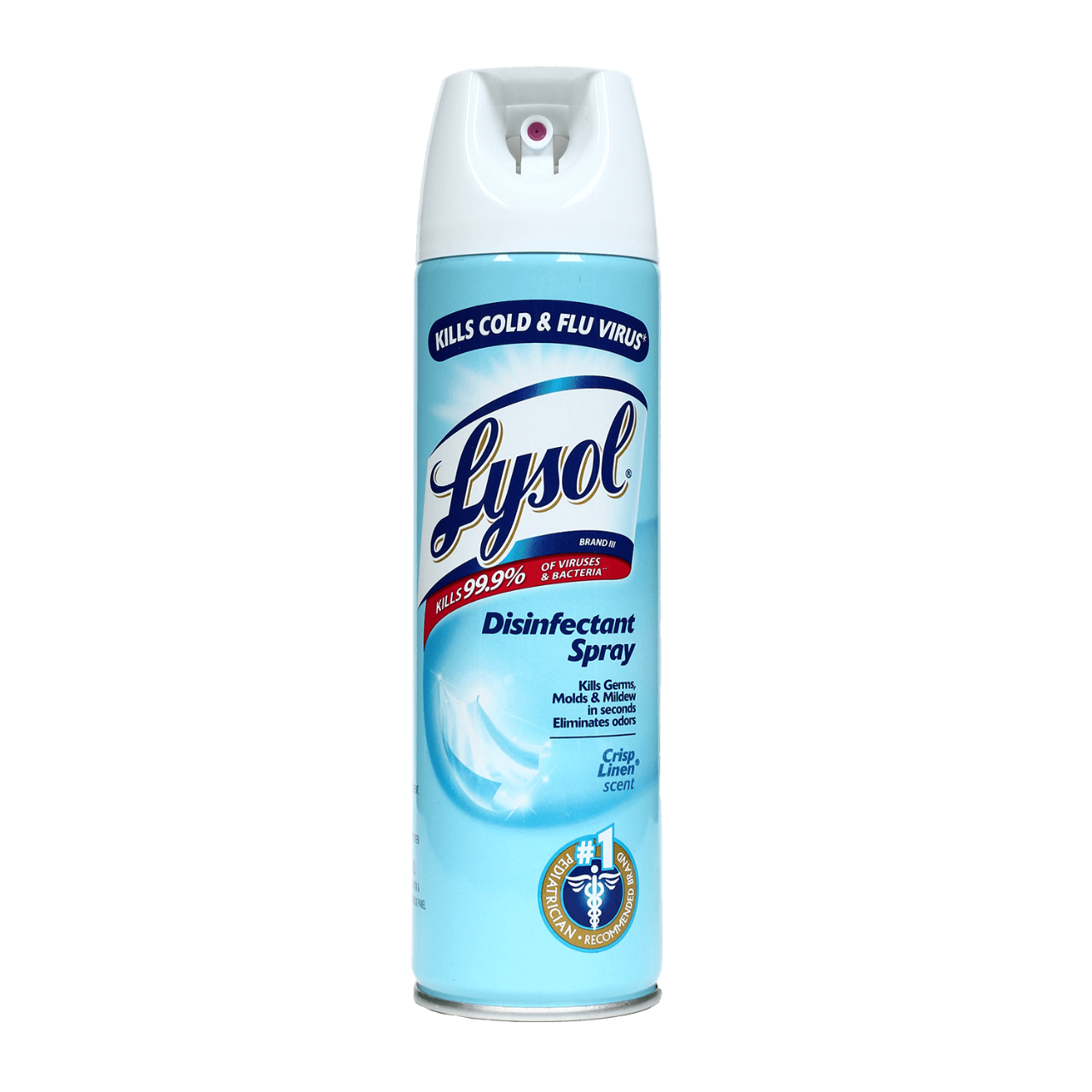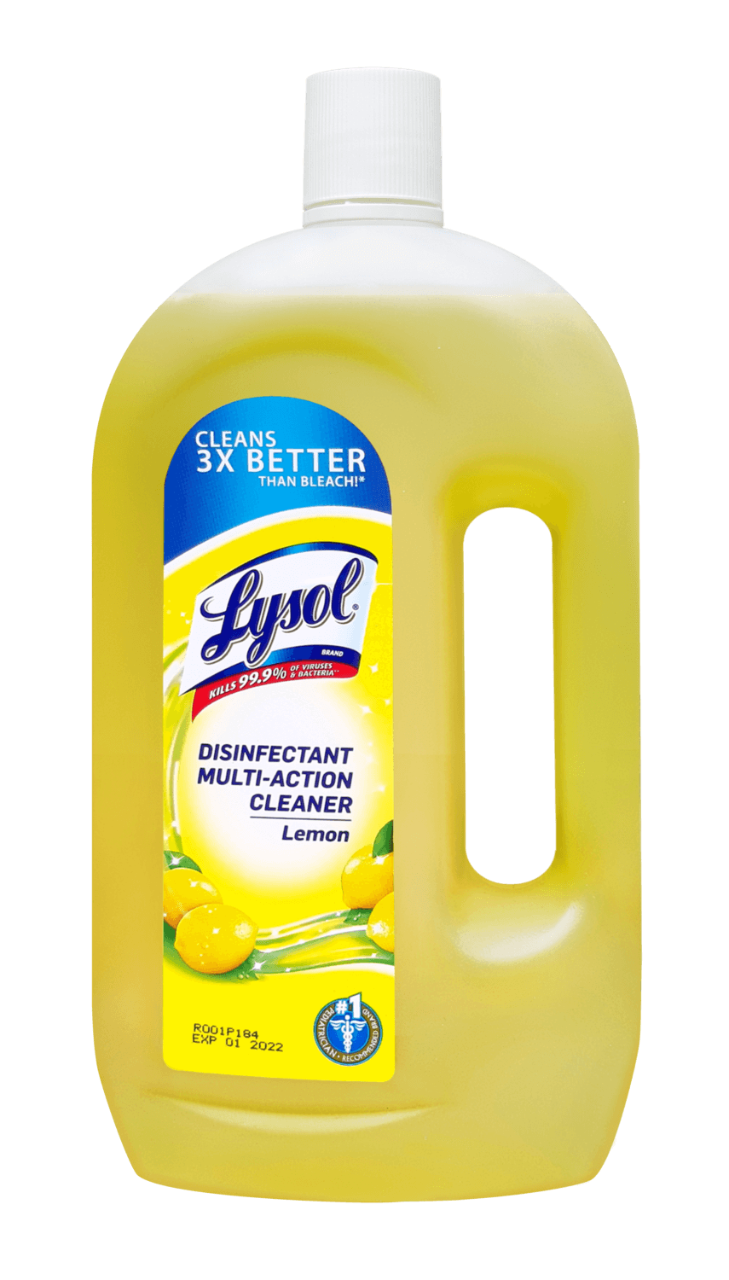Helping You Avoid the Flu Virus
Helping You Avoid the Flu Virus
Many people mistake the common cold for the flu, but those who have suffered with real influenza will know that its symptoms go far beyond a runny nose and scratchy throat. Fever, fatigue, vomiting and aching muscles are just some of the things you may experience with the flu, and, unlike the common cold, this nasty virus can leave you feeling too exhausted to go on as normal. It’s no wonder then, that we should want to avoid the flu virus at all costs.
Read on to find out how we can help with this, as well as the answers to some frequently asked questions about the flu.
How is the flu spread?
The first thing to understand when attempting to avoid the flu virus is how you can contract the flu in the first place. According to the Centre for Disease Control and Prevention (CDC), this happens by germs being spread through coughs and sneezes[1]. One common question around this is how long flu viruses can live on surfaces, which health.com states is up to 24-48 hours[2]. These germs can then be picked up and ingested by others, allowing the virus to spread.
If you do have the flu, the best way to help avoid these germs from spreading is by doing the following:
- Washing your hands with soap and warm water regularly
- Using a tissue to catch the germs when you sneeze or cough
- Disposing of used tissues immediately
So, the answer to the common question, “how do you get the flu?” is pretty simple: you get it by ingesting germs that have been spread by someone that is infected with the virus.[3]
How to help avoid the flu virus
To help avoid the flu virus, there are a number of things you can do. First and foremost, you can get the flu vaccination[4]. While some people who get vaccinated may still get sick, the flu vaccination prevents millions of influenza illnesses every season.[5]
However, we shouldn’t rely on the vaccination alone when it comes to avoiding the flu virus, and there are several other things you can do in order to keep yourself as protected as possible:
Keep your hands clean: it’s imperative to wash your hands regularly, especially if you have been out in a public place where there is likely to be a multitude of germs.[6]
Disinfect your home: you should also ensure your house is properly disinfected, regularly spraying and wiping the surfaces with Lysol Disinfectant Spray or Lysol Multi Action Cleaner. This is especially important if you have had guests over who may introduce new germs into your home.[7]
Steer clear of anyone who is coughing or sneezing: germs don’t just spread from touching surfaces but can potentially enter your body through the air you breathe. Always aim to stay at least 3 feet away from anyone who is actively coughing or sneezing.[8]
Get enough sleep: it can be easy to focus on disinfection when trying to avoid the flu virus but keeping your immune system strong is just as crucial. A hugely important part of this is ensuring that you are getting enough sleep each night.[9]
Eat plenty of fruit and veg: as mentioned above, it’s crucial to keep your immune system working properly, especially during flu season. Give it the boost it needs with plenty of fresh fruit and vegetables, packed with important vitamins.[10]
Disinfect communal surfaces immediately after use: whether you are a teacher, work in an office or in a shop, one of the best ways to try to avoid the flu is through sanitizing high traffic surfaces as regularly as possible. For example, teachers can wipe down their classroom desks, keyboards, and other surfaces after each lesson with Lysol Multi Action Cleaner.[11]
How to help avoid getting the flu virus from a family member
One of the most likely causes of the flu spreading is living under the same roof as someone who has it. Here are some tips on how to avoid getting the virus when living with an infected family member:
Sleep separately from an infected partner if possible: it may feel a little mean, but it’s the best way to avoid germs from spreading just because you’re sharing the same bedding![12]
Wash dishes rigorously: this goes for any item you use to eat with or off of. It’s vital to ensure all crockery and cutlery is properly sanitized to avoid the spreading of germs.[13]
Avoid kissing an infected family member: for obvious reasons, it’s important to avoid kissing and sharing other forms of close contact with the infected family member to help prevent the germs from spreading.[14]
Disinfect surfaces more often than usual: if someone in your home is infected, keep on top of cleaning much more than usual to kill germs as regularly as possible.[15]
Commonly asked questions about the flu
When are you contagious with the flu?
According to the CDC, you are most likely to be contagious with flu within the first 3-4 days of getting the infection.[16]
Are you contagious after flu shot?
No, the flu shot itself will not make you contagious or sick, as you will have been injected with an inactivated virus that cannot transmit infection.[17]
Is swine flu contagious?
Yes, swine flu is contagious and the period for adults is 1 day before symptoms develop and around 5-7 days after symptoms develop.[18]
Do facemasks prevent the flu?
Studies show that, yes, wearing a surgical mask can help prevent you from catching the flu[19], as they can stop larger droplets of infected bodily fluids from coming into contact with your mouth – useful, for example, if you are around someone who is coughing or sneezing.
Please note: Please always use Lysol products as directed on the label.
As the dreaded influenza season rolls around again, take precautions by practicing the habits that can help your chances of avoiding the flu virus this year.
[1] https://www.cdc.gov/flu/about/keyfacts.htm
[2] https://www.health.com/cold-flu-sinus/flu-virus-live-on-surfaces
[3] https://www.nia.nih.gov/health/all-about-flu-and-how-prevent-it
[4] https://www.cdc.gov/flu/prevent/keyfacts.htm
[5] https://www.cdc.gov/flu/prevent/keyfacts.htm
[6] https://www.cdc.gov/flu/prevent/actions-prevent-flu.htm
[7] https://www.webmd.com/cold-and-flu/features/cleaning-hit-list
[8] https://www.cdc.gov/flu/prevent/actions-prevent-flu.htm
[9] https://www.cdc.gov/flu/prevent/actions-prevent-flu.htm
[10] https://www.cdc.gov/flu/prevent/actions-prevent-flu.htm
[11] https://www.webmd.com/cold-and-flu/features/cleaning-hit-list
[12] https://www.cdc.gov/flu/prevent/actions-prevent-flu.htm
[13] https://www.thespruce.com/clean-after-household-illness-4126642
[14] https://www.cdc.gov/flu/prevent/actions-prevent-flu.htm
[15] https://www.webmd.com/cold-and-flu/features/cleaning-hit-list
[16] https://www.cdc.gov/flu/about/keyfacts.htm
[17] https://www.health.harvard.edu/diseases-and-conditions/10-flu-myths












